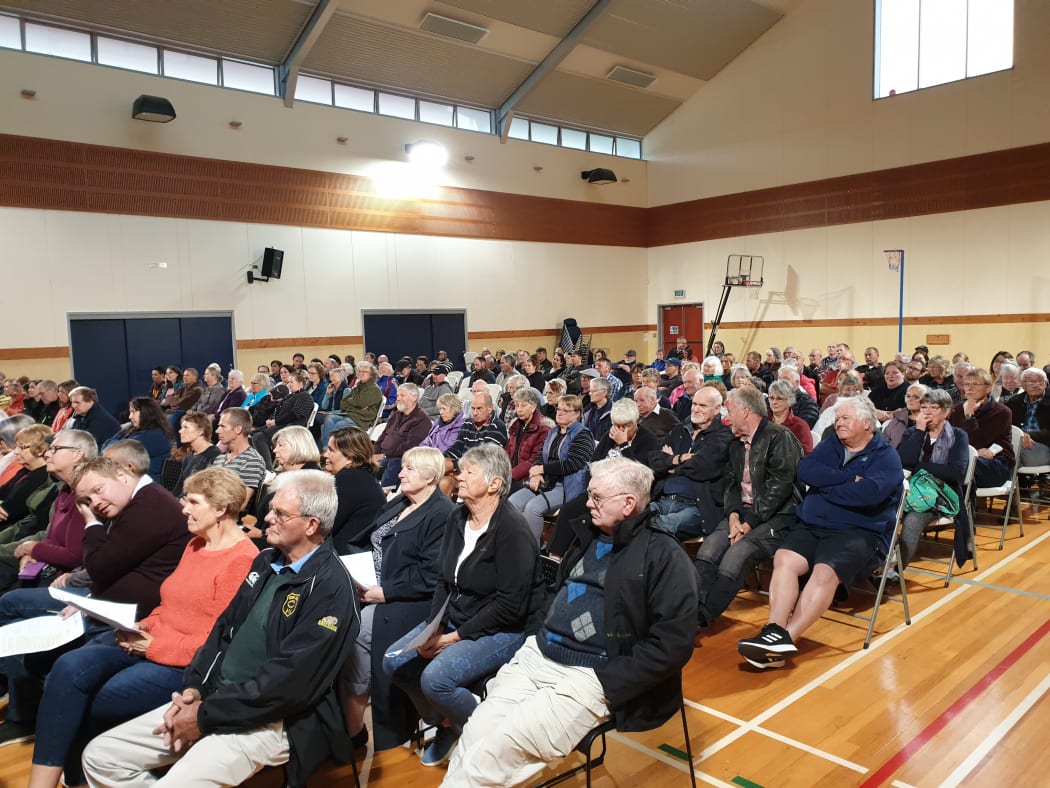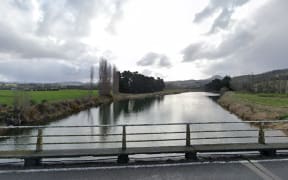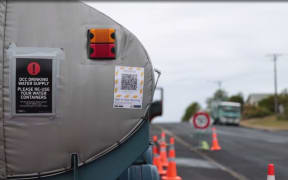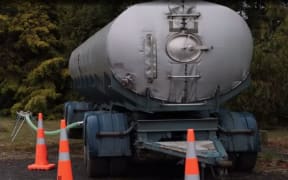Residents of East Otago have been told it is unlikely there has been long-term health effects due to the community's exposure to lead in the drinking water.

Photo: 123RF
The communities of Waikouaiti, Hawksbury Village and Karitane were told five weeks ago the Dunedin City Council had first known about the contaminated drinking water in August following a spike in lead levels in a test performed in late July.
Intermittent spikes in the level of lead, the highest almost 40 times the acceptable level, meant a no drink notice was issued on 2 February.
It remained in effect and could be so for months.
Since then several investigations and reviews had been launched and a widespread blood testing campaign carried out.
A meeting to relay the results of those investigations and more than 1500 blood tests carried out in the wake of the revelation was held in Waikouaiti tonight.
Southern DHB's medical officer of health Dr Susan Jack told the crowd of about 400 people, the number of residents with higher blood-lead levels was not substantially different from what was expected nationally.
Children in the area did show slightly higher blood-lead levels than the national average, but there was not a large amount of data and it was unclear if children's blood-lead levels were higher than should be expected.
Only two children were above the internationally recognised safe level for blood-lead, one of whom had an explanation for their level other than drinking water.
The other remained under investigation, she said.
The results did not give any definite answers as to whether the drinking might have had a small effect on the blood-lead levels for young children.
It was unlikely exposure from the water supply had caused long-term health effects, Dr Jack said.
There was no correlation between residents' blood-lead levels and where they lived along the area's water reticulation.
More than 30 adults were above the safe blood-lead level, but almost all were older than 55 and had a plausible reason for a higher level including a risky job, eating shellfish, drinking roof water, living in or regularly visiting a house with peeling paint or renovations.

About 400 people gathered at the East Otago Events Centre to hear the results of more than 1500 blood tests carried out in the wake of revelations concerning levels of lead had been detected in the area's water supply since late July. Photo: RNZ / Tim Brown
The Dunedin City Council believed old cast iron pipes with lead fittings were responsible for three of the six concerning lead levels recorded in East Otago's water supply.
Council chief executive Sandy Graham said 209 water samples had been taken since the 'do not drink' notice was issued, and showed lead either within acceptable limits or below detectable levels.
A $6 million accelerated programme to replace about 6.5km of old pipes in the area was underway and expected to be completed in June.
Dunedin mayor Aaron Hawkins said the Dunedin City Council was working hard to ensure a clean, safe permanent drinking water supply was re-established as soon as possible for residents in Waikouaiti, Karitane and Hawksbury Village.
"We know this situation has left people feeling anxious and upset, and we thank everybody for their patience. It has been tough, but we want to reassure everyone no stone is being left unturned as we work through this.
"While it is encouraging to hear lead levels in blood test results are generally in line with national data, our investigation into the cause of these intermittent elevated lead levels is continuing. The health and welfare of the community is our key priority."
The council said while pipe replacements were taking place, investigations into other possible sources were continuing.
Additional work included draining and testing sediment at the Waikouaiti raw water and Kiatoa reservoirs, which both supply affected communities. Both returned results well within acceptable standards.
Other potential sources of contamination suggested by the community were also being considered, including historical landfills in the vicinity of Edinburgh Street and at the former Cherry Farm hospital site, lead shot or fly tips in the catchment, and sampling or analytical error.
So far, no evidence pointing to these as a source of elevated lead levels had been found, but the investigation into some suggestions was continuing, Graham said.
DCC Group Manager 3 Waters Tom Dyer said the council was also investing in new technology for more rapid automated water sampling and results, including an online lead monitor - believed to be a New Zealand first - and two new auto-samplers at the Waikouaiti water treatment plant.
Together these and other improvements aim to ensure the public can again have confidence their drinking water, once the 'do not drink' notice was lifted, he said.
"We expect this could take at least two or three months, but we will keep the community updated as soon as we know more."
The key results of the Public Health South's analysis of blood tests were:
- No one had a blood lead level that caused acute harm.
- Very few blood lead levels were above the new, lower threshold for notification (0.24 μmol/L).
- Blood lead levels in adults and young people aged 10-17 were in line with baseline study.
- Blood lead levels in children aged 5-9 years were slightly higher than baseline study. The reason for this is not certain. While the water supply cannot be ruled out, information suggests other environmental reasons including seasonality may be more important.
- The national study did not include children under the age of 5, so no comparison is possible for that age group.
- There was no difference able to be detected for those who only drank the local water supply compared with those who did not, in either children or adults (but very small sample size, especially for children, and some missing data).
- There was no difference in blood lead levels based on where in the townships residents live.
- There were two results for children and 36 for adults above the notifiable levels.
- Assessments found alternative explanations for these lead levels and health officials are providing advice to these individuals.





